|
Life - for me, for millions in the United States and around the world - has changed just a bit since I last wrote. Friends and students have fallen ill, and so many have lost their jobs. It feels crass to complain, but still: my family of four is now largely isolated in our little apartment, and my office is in a walk-in closet. It's less than ideal. In these difficult and chaotic times, I of course have no way of traveling for work, which means that I have a surplus sitting in my research budget. Not surprisingly, that got me thinking about improving my little telescope collection. With the Mewlon around, I decided that the C8 was expendable, after all - especially since the device I purchased to make it acclimate more rapidly (a Lymax Cat Cooler), is much bigger and heavier when accompanied with a battery than I'd anticipated. So I sold the C8 and its accessories, then used the profit to buy two new Baader diagonals: supposedly, the best on the market. Now I had three telescopes in DC, and really four is probably the sweet spot for me. This past winter convinced me that I'm going to have my easiest observing sessions when it's cold - certainly on the rooftop, since nobody goes up there when it's even a little cool. I decided that I needed a somewhat bigger doublet refractor that would cool down very quickly, but gather a bit more light than the Takahashi FC-100DC could reveal. It couldn't be too big, however, or I wouldn't be able to easily carry or mount it. And it couldn't be prohibitively expensive (not an easy restriction, considering how refractors scale in size and cost). After doing a lot of research - too much, considering my other obligations - I settled on a Vixen ED 115S. This is a fine doublet telescope that shows very little false color when in focus (so little that it passes as an apochromat), gathers substantially more light than a 100mm telescope, is versatile at F 7.7, and remarkably light at just over 10 pounds. For some reason, it seems to be quite rare. The telescope is decidedly not cheap, however, though it does ship with second-rate accessories that nevertheless can only be purchased as accessories when buying from TeleVue or Takahashi. To my astonishment, I found the Vixen with a heap of top-rate add-on accessories - tube rings, greatly upgraded focuser, handle, etc. - for sale at an incredible price on Astromart, in used but like-new condition. I pulled the trigger, and the telescope arrived just a week or so later. For more than two weeks after the telescope arrived, the clouds and rain would not relent. I suppose that's good; coronaviruses apparently do not spread as easily in humid weather. And certainly fewer people went outside. Still it was frustrating, especially as I increasingly worried about navigating my building and touching the germs on every surface. Hauling telescopes through the building increasingly seemed like a perilous prospect. Then, last night, the sky cleared for just a few hours. I forgot about the pandemic for a moment and hurried to bring both the Vixen and my trust TV 85 to the rooftop. I mounted them on the AYO II: perhaps the finest piece of non-optical equipment that I've purchased in this hobby. It was quickly apparent that both seeing and transparency were nothing short of atrocious. And I mean atrocious: the night probably offered a worse combination of both than anything I've experienced in the past year. On top of that, gusts of wind rolled over the rooftop, and clouds defied the forecast to move in quickly from the west. In that context, my decision to bring the TV 85 quickly paid off. I might otherwise have been worried that the new telescope was partly to blame for the somewhat soft appearance of the Moon, for example. But the blurriness and inconstancy of the view were, if anything, even worse through the magnificent optics of the smaller telescope, despite its smaller aperture. And despite the uncooperative atmosphere, the Vixen impressed. It took just a bit more time to cool than the TV 85, and provided useful views almost immediately. A look at Venus quickly revealed that the Vixen shows noticeably less false color than the TV 85, even in poor seeing. The TV 85 showed a fringe of blue around lunar limb in these terrible conditions; not so the Vixen. It should be noted that, to my eyes, the TV 85 normally offers almost no false color: perhaps even less than the FC-100DC (it's just amazing in that regard). With its remarkably wide view of view, the TV 85 did provide superior views of the Pleiades. The Vixen dazzled too, but there was just something about the TV 85 view that stood out. Maybe the fault lay in the eyepieces: while I used a TeleVue Plossl in the TV 85, I used a Baader Hyperion Zoom in the Vixen. In my experience, there's no substitute for TeleVue eyepieces. A look at Orion, however, exposed the advantage of larger aperture. Despite the abysmal seeing, the Trapezium was absolutely crystal clear, with an impressive amount of space between its components. Switching to a 2", 55 mm TeleVue eyepiece revealed all of Orion's belt at around 16x, glittering and glorious despite hazy atmosphere and light pollution. In short, the new telescope is wonderful: optically on par with the Takahashi and TeleVue, nearly as portable as the Takahashi (though it requires a heavier mount and tripod), almost as quick to cool down, and aesthetically really nice to boot. It is also just a joy to use. There's no fussing with anything, and it works beautifully on the AYO II mount. My only complaint comes by way of comparison: while the upgraded Moonlite focuser is rugged and fluid, the stock TeleVue focuser is just a bit smoother.
Who knows what the world looks like when I next write. In the meantime, it's nice to be reminded - with the aid of two fine telescopes - that the universe will remain more or less the same.
0 Comments
Leave a Reply. |
Archives
March 2024
Categories
All
|

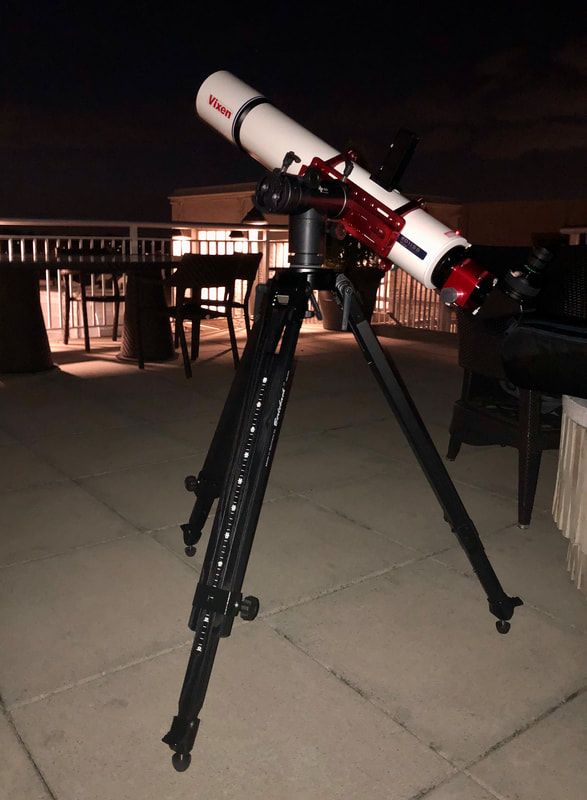
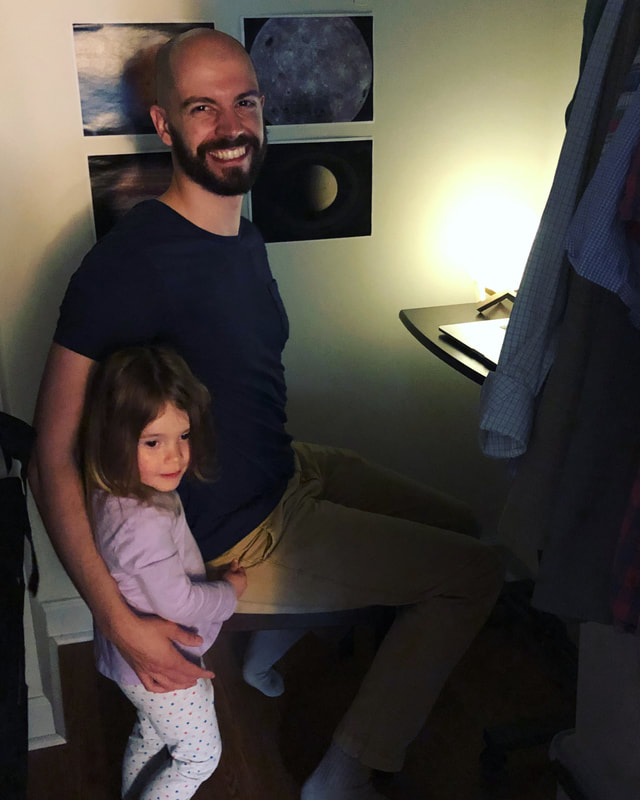
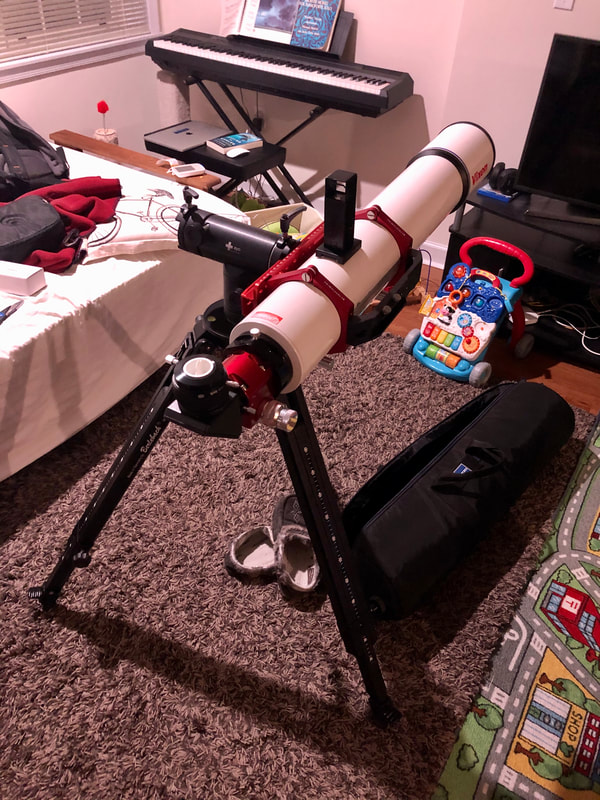
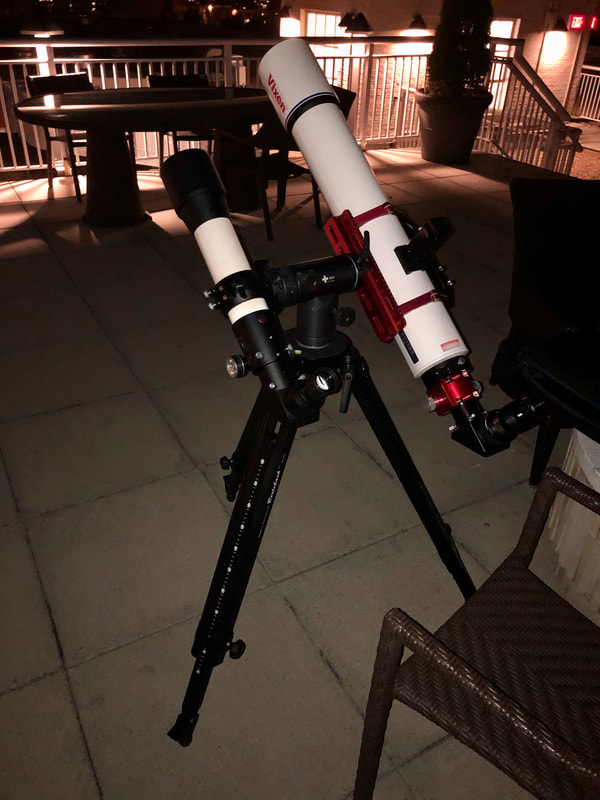
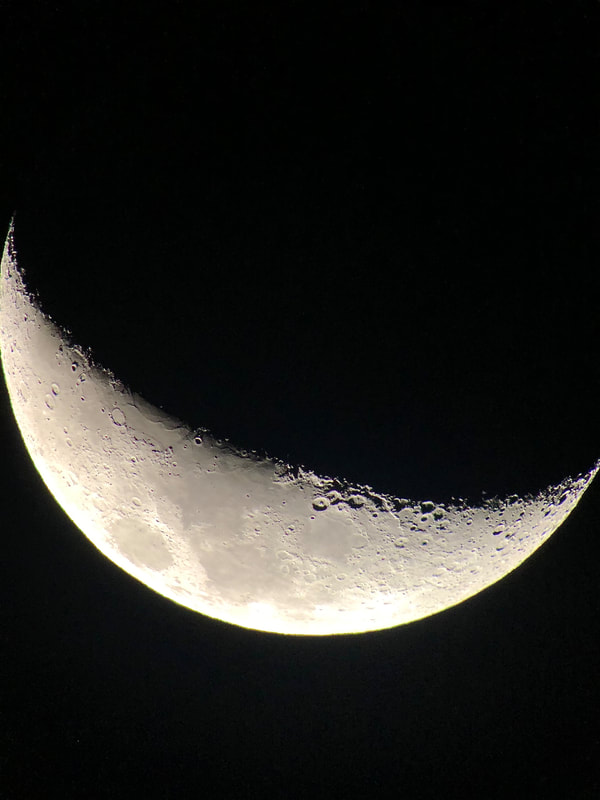
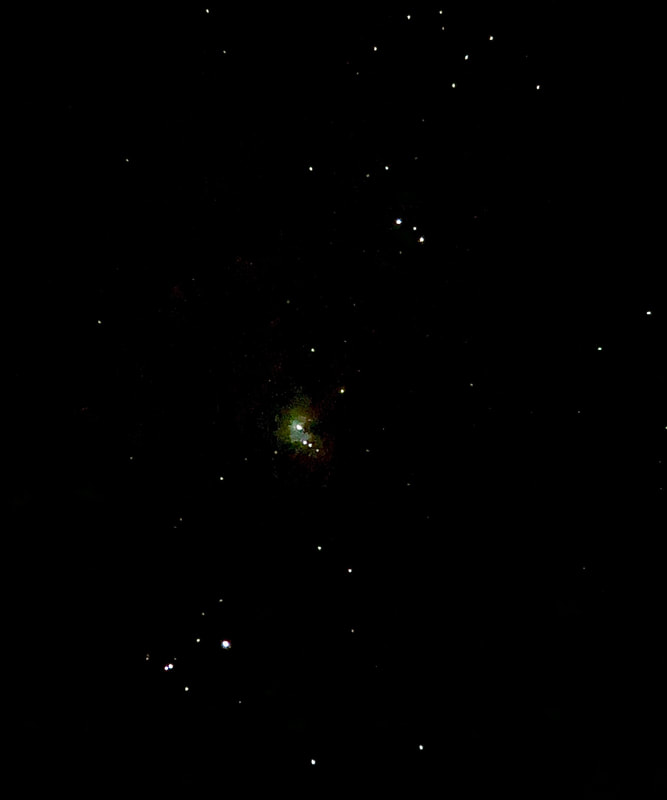
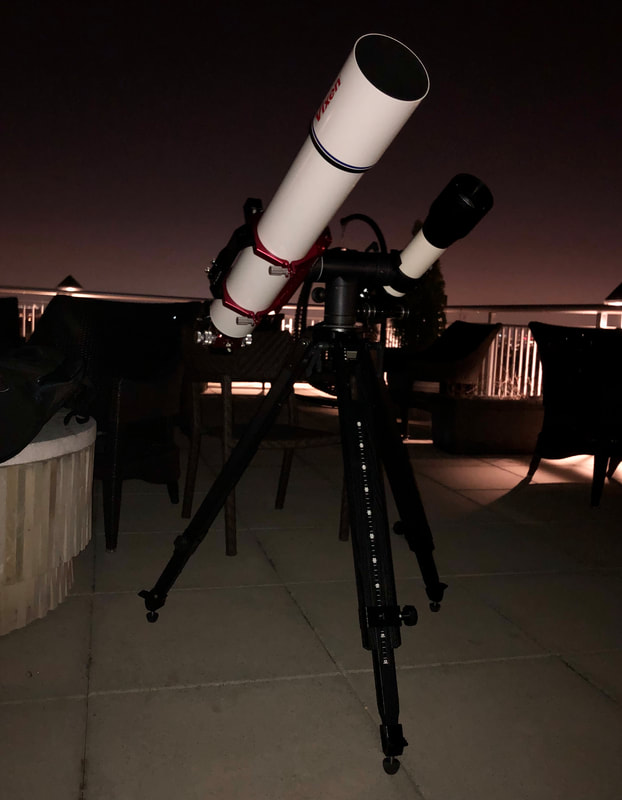

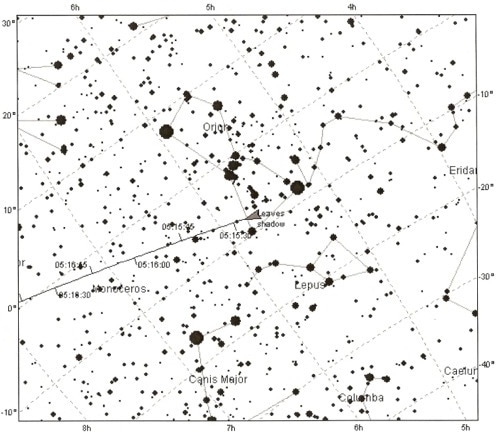
 RSS Feed
RSS Feed